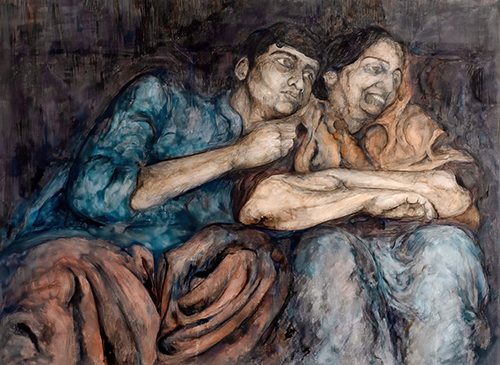
I would like you to imagine for a moment that you are carrying home from the shop a bag of salt.
In the bottom of the bag there is a very small hole.
Unknown to you, to begin with, the salt begins to leak from the bag. Gradually, you feel the weight of the bag lighten. The drip has been almost unnoticeable.
Now, delete that image and replace the image with the violent expulsion that happens as a volcano erupts. With intense force the volcano spews out its super-hot interior.
In both instances there is an emptying out; in one it is barely noticeable, while in the other the violence demands attention.
St Paul, in his letter to the fledgling Church at Philippi writes:
“Though he was in the form of God, Jesus did not count his equality with God as a thing to be grasped, but emptied himself and became as we are being born in human form.” (Phil. 2: 6 – 7).
The Greek word St. Paul uses for ‘emptied himself’ is the word “kenosis”.
Kenosis is the emptying of the volcano – and that is what we celebrate today, the Word becoming flesh.
The author, Luci Shaw, has a poem with the title “Kenosis”, appropriate for today.
Kenosis – Luci Shaw
In sleep his infant mouth works in and out.
He is so new, his silk skin has not yet
been roughed by plane and wooden beam
nor, so far, has he had to deal with human doubt.
He is in a dream of nipple found,
of blue-white milk, of curving skin
and, pulsing in his ear, the inner throb
of a warm heart’s repeated sound.
His only memories float from fluid space.
So new he has not pounded nails, hung a door
broken bread, felt rebuff, bent to the lash,
wept for the sad heart of the human race.


